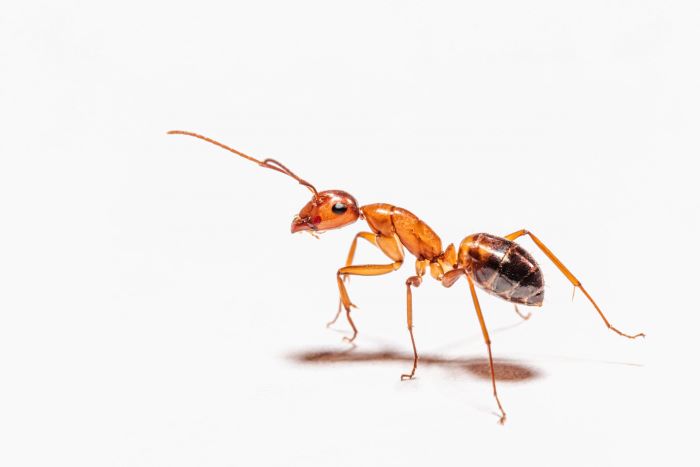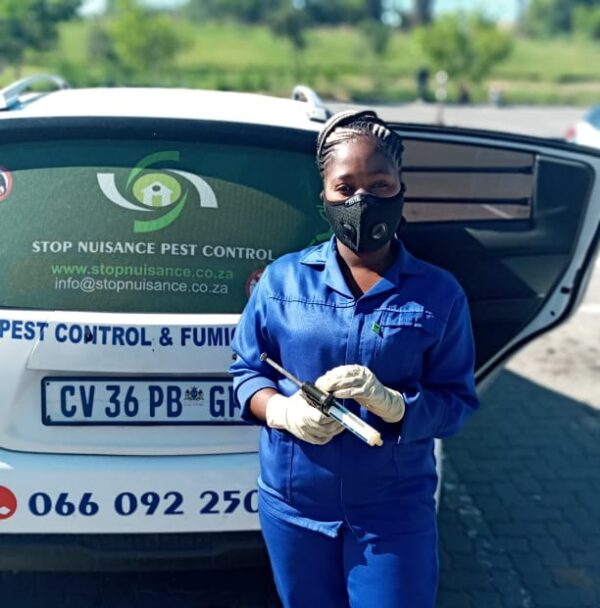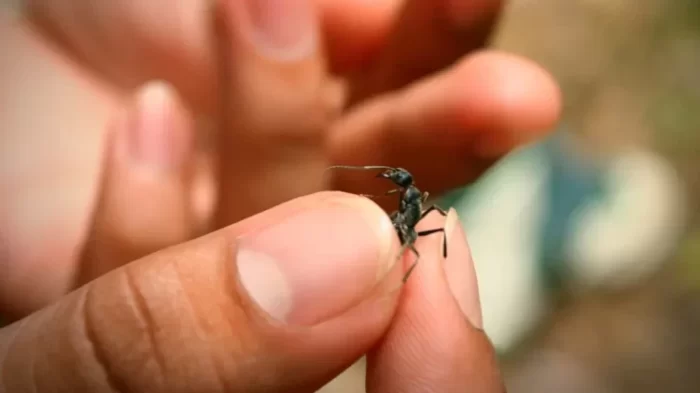It’s a common scenario – you leave some food out on the counter or picnic table, only to return and find a trail of ants marching through it. This can be annoying, inconvenient, and make you wonder if the food is still safe to eat after the ant invasion. In this article we talk about Is It Safe to Eat Food After Ants Have Gotten to It.
Table of Contents
What Ants Are Attracted To?

Ants are omnivores and opportunistic eaters. They will eat just about anything from sweets to proteins to fats and oils. Foods that are particularly irresistible to ants include:
- Sugary foods – cake, candy, syrup, jelly, etc.
- Fruit – especially rotting or overripe fruit
- Greasy, fatty, or oily foods
- Protein-rich foods like meat and cheese
- Human food waste and crumbs
Ants have an extremely strong sense of smell and can detect food from a remarkable distance. They are also constantly on the hunt for food to bring back to the colony. When one ant discovers a potential food source, it leaves a pheromone trail that other ants follow right to the prize. That’s why you often see trails of marching ants rather than just a few lone scouts.
Are Ants Just On the Surface or Inside the Food Too?
An ant trail through food is definitely unappetizing. But are the ants just walking on the outer packaging or surface of the food, or does their contamination go deeper? Unfortunately, ants don’t just walk across food – they actively dig, burrow, and tunnel through it too. Some examples:
- Loose foods like granola or cereals – ants will often tunnel through the piles of food, leaving behind dirt, debris, eggs, and larvae as they go.
- Soft foods like cakes, breads, meats, cheese, etc. – ants will chew and burrow deep inside, leaving trails, eggs, and bacteria behind.
- Hard foods like lollipops or hard candies – ants can’t get inside but will still leave dirt, chemical trails, and bacteria on the surface as they walk across.
- Packaged foods – ants may just walk across the packaging to get to food waste underneath or a tear in the wrapping. But packaged items could still pose cross-contamination risks.
So in most cases, ants don’t just walk harmlessly across the surface of food – they actively penetrate inside food and can leave behind some pretty unsavory things in the process from feces to larvae.
Dangers of Eating Ant-Contaminated Foods
There are a few issues that can arise from eating food after ants have gotten into them:
- Bacteria, Viruses, and Parasites
Ants can carry dangerous bacteria like Salmonella and E. coli on their bodies as they march through feces, dirt, and other decaying matter. When they then walk through food, they leave these pathogens behind. Ant feces and larvae can also contaminate food. In rare cases, ants can transmit dangerous viruses and parasites to humans as well.
- Chemical Contamination
Ants use pheromone trails to communicate with each other. These chemical cues are harmless to humans but can leave a disgusting taste behind on food. Some ants also spray acids or other noxious chemicals when threatened – getting these defensive secretions onto food could make it inedible.
- Spoiled or Rotten Food
By the time you notice an ant infestation, the food has usually been sitting out for awhile. This gives mold, bacteria, and other pathogens time to grow – especially if the food has been penetrated and contaminated by ants in the meantime. So ant-infested foods have often already begun to spoil or rot.
- Filth and Unsanitary Conditions
Ant tunnels, eggs, larvae feces, and dead bodies are pretty unappetizing, even if they don’t make you sick. No one wants to bite into a piece of bread and discover a hidden colony of ants deep inside. The thought of what ants leave behind is enough to make most people lose their appetite.
When Is it Safe to Eat Ant-Contaminated Food?
According to the USDA, any perishable food that has had ants in it should be thrown away. Unlike some other insects, ants release formic acid onto surfaces which can make food dangerous for consumption. Their waste and eggs can also make people sick if ingested.
However, the USDA does make a few exceptions for non-perishable foods if the contamination is only minor:
Hard fruits or vegetables with inedible rinds/peels: If you can remove and discard the outer layer that ants touched, the inside flesh should be safe to eat after washing.
Hard candies or lollipops: If ants just walked across the surface but you can wash off their trail, hard candies are generally still safe to consume.
Packaged goods: If the packaging is still fully sealed and ants were just on the outside, you can wipe down the wrapping and contents should still be fine. But discard anything with holes, tears, etc.
Bread, cheese, meat, etc: Unfortunately any soft, perishable food that ants accessed needs to go in the trash no matter what. Even if ants were only on part of it, cross-contamination is too likely.
When deciding if food touched by ants is safe, it’s always better to err on the side of caution. If the ant infestation is minor and the food item is non-perishable and intact, you might be able to salvage some of it by thoroughly washing, re-heating or boiling before consumption. But if ants have dug deep inside perishable foods, contaminated packaging has been opened, mold or rot is present, or you feel any hesitation about safety – it’s best to just discard it. Getting sick from tainted food is never worth the risk.
Tips to Keep Ants Away From Food
To prevent ant invasions (and having to decide if food is safe after contamination), be proactive about keeping them away in the first place:
- Store food in airtight containers and refrigerate promptly after use
- Clean up spills, crumbs, residue, wrappers, and other food waste ants go after
- Rinse dishes and wipe down counters to remove sugary/greasy residues
- Take out trash frequently
- Fix any plumbing leaks ants might use as water sources
- Set out ant traps/bait stations to reduce the overall population
- If dining outdoors, check picnic area for ants first and set table legs in containers of water to deter them from climbing up
While ants are persistent and sneaky when they have their sights set on food, these tips will help deny them access. And preventing ant infestations in food is much easier than trying to decide if something they contaminated is still safe to eat or not. So be vigilant about keeping them out of your kitchen.
The Bottom Line: When in Doubt, Throw it Out
Coming back to find ants marching through food can be upsetting and frustrating. And trying to decide if food is still safe to eat after ant contact is full of uncertainties. What if you don’t notice part of an ant carcass in your salad until you’ve eaten some? Or can’t tell if they tunneled deep inside a loaf of bread?
With the risks ants pose for contamination and foodborne illnesses, combined with their crafty ability to sneak into places we don’t expect, it’s better to just discard anything they’ve gotten into. Protecting yourself and your family from bacteria, viruses, parasites, and food poisoning simply isn’t worth taking a gamble on questionable food. Though it may feel wasteful tossing something out, replacing one meal is a small price to pay to avoid getting sick.
So while the USDA does declare some intact items might be safe if washed, your best bet is to stay on the safe side when ants have tapped into perishables, packaging, or anything besides hard, intact surfaces. Don’t take risks with your health – when in doubt over ant contamination, throw it out. I sincerely hope you find this “Is It Safe to Eat Food After Ants Have Gotten to It?” article helpful.

With over 5+ years of experience in pest control and a PhD in Entomology, our author brings a blend of scientific knowledge and practical expertise to Pestifier.com. Passionate about creating pest-free environments, they provide effective tips and strategies for managing and preventing pest infestations. Connect on Facebook for the latest updates and insights.

